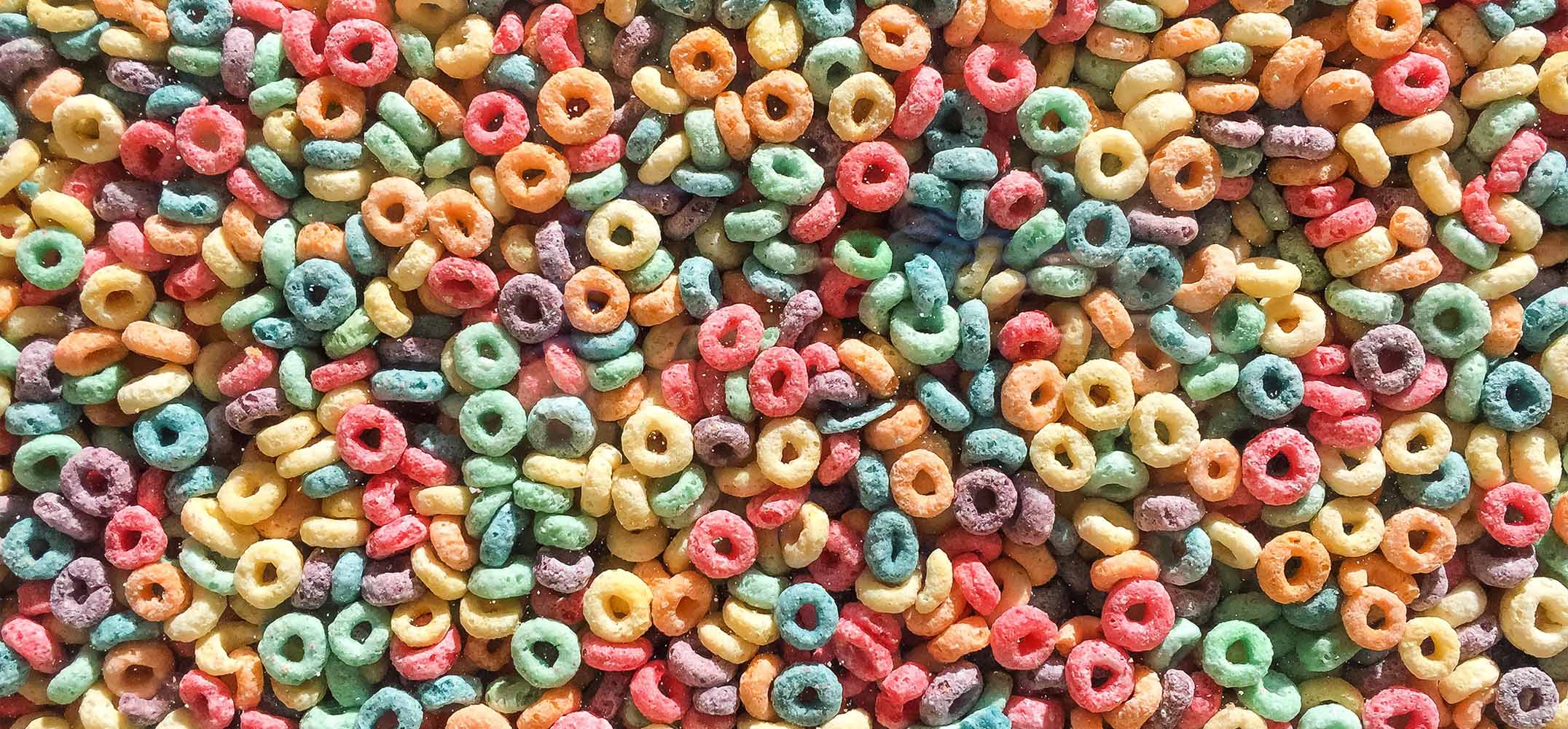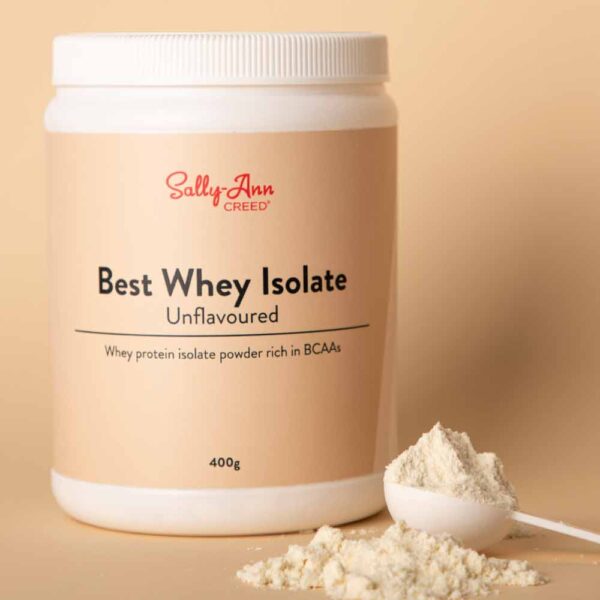Sugar metabolism plays such a huge role in how our body works. And it’s not just pre-diabetic folk who need to be wary of the sugars and carbs they consume. Carbohydrates include starch, sugars and fibre. What many of us don’t realise is that most digestible carbohydrates, starches and sugars, are broken down into glucose in the body. We usually only think about this during diabetic counselling or when blood sugar becomes a concern, but it’s useful for everyone to understand.
Let’s look at the basic science of sugar so that it’s easier to go through how it is metabolised. When we say “sugar” we’re talking about a family of carbohydrates. They differ in size (how many sugar units are joined together) and that changes how they are digested, absorbed and used for energy. There are:
| Monosaccharides | Disaccharides | Polysaccharides |
|---|---|---|
| One sugar unit | Two monosaccharides linked together | Many sugar units linked in chains |
| Glucose– most carbs end up as glucose after digestion, also in honey and fruit in small amounts.
Fructose– naturally in fruit and honey. Galactose – usually with glucose in lactose. |
Sucrose (table sugar)- glucose and fructose Foods: table sugar, drinks, saucesLactose (milk sugar)- glucose and galactose Foods: milk, yoghurt, soft cheeses Maltose – glucose and glucose |
Starch(plants) Amylose and amylopectin Foods: grains, potatoes, maize, rice, oats and legumesGlycogen(animals) Our storage from glucose in liver and muscles Fibre (non digestible polysaccharides) Insoluble fibre: Adds bulk and keeps regularity Resistant starch: Behaves like fibre |
|
||
Simon, our fantastic warehouse manager, likes eating a muffin (or sneakily a donut) occasionally for “lunch”. A muffin contains fats, protein and carbohydrates. Some types of sugar that will be in the store-bought muffin might be sucrose, glucose, fructose and maltose. What really happens to Simon’s muffin? (And how to keep sugars steady). We’re following Simon’s store-bought muffin from first bite to blood sugar, unpacking the different sugars inside (glucose, fructose, sucrose, maltose, plus lactose if there’s dairy), and how they’re handled in the body. Then we’ll finish with simple, practical tweaks so Simon gets the treat without the afternoon slump.
Mouth: Chewing breaks the muffin into small pieces, increasing surface area. Salivary amylase starts snipping long starch chains into shorter fragments (maltodextrins and a little maltose). This step is brief (food isn’t in the mouth long), but good chewing helps digestion downstream.
TIP FOR SIMON: Sipping water and actually chewing (rather than “wash and swallow”) gives enzymes time to work and slows the pace a touch.
Stomach: The stomach’s acid doesn’t digest carbohydrate much, it mainly churns and mixes the food into chyme. What does matter here is gastric emptying speed. The muffin leaves the stomach faster if eaten alone but with protein, fat and fibre- this slow emptying and flatten the glucose rise.
TIP FOR SIMON: Pair the muffin with Greek yoghurt, nuts or have it after a protein-rich lunch.
Small intestine: Enzymes (pancreatic amylase) turns leftover starch into short sugars. Enzymes on the gut wall then snip pairs into singles eg.
- Maltose: glucose + glucose
- Sucrose: glucose + fructose
- Lactose: glucose + galactose
Then “tiny gates” in the gut lining move sugars across.
TIP FOR SIMON: Add fibre as this forms a gel in our gut and slows the “entry”. Even a little bit of acidity (lemon dressing or vinegar or apple cider vinegar) can slow stomach emptying and slow the rate of glucose absorption (think glucose spikes).
Bloodstream: Glucose appears in the blood and levels climb.
NOTE: Fructose mostly takes a liver-first route and is handled differently
Pancreas: The pancreas senses rising glucose and releases insulin. Insulin acts like a key by “opening” muscles and cells to pull glucose in. If there is too much for the cells to use, the body tells the liver to store it, as glycogen.
The liver: When glycogen “tanks” are full, the liver converts leftover glucose into fats called triglycerides, which travel to fat tissue for long-term storage in adipose tissue.
A few hours later, as blood glucose falls, glucagon (also from the pancreas and is a hormone) rises and tells the liver to:
- Break glycogen (remember this is the storage of “sugar”) into glucose (glycogenolysis).
- Begin gluconeogenesis (making new glucose) from lactate, glycerol and certain amino acids which is important overnight and between meals.
Here is what we told Simon that flattens the sugar curve and spikes the sugar curve:
Flattens: Pairing protein/fat with the carbs, adding fibre, choosing whole and intact food structure, a 10 to 15-minute walk right after eating.
Steepens: Having high sugar liquids/juices, ultra-fine flours, eating carbs alone on an empty stomach and large rapid portions.
Moral of the story: Don’t be like Simon, eat wisely and choose from Sally-Ann Creed’s sugar alternatives.







